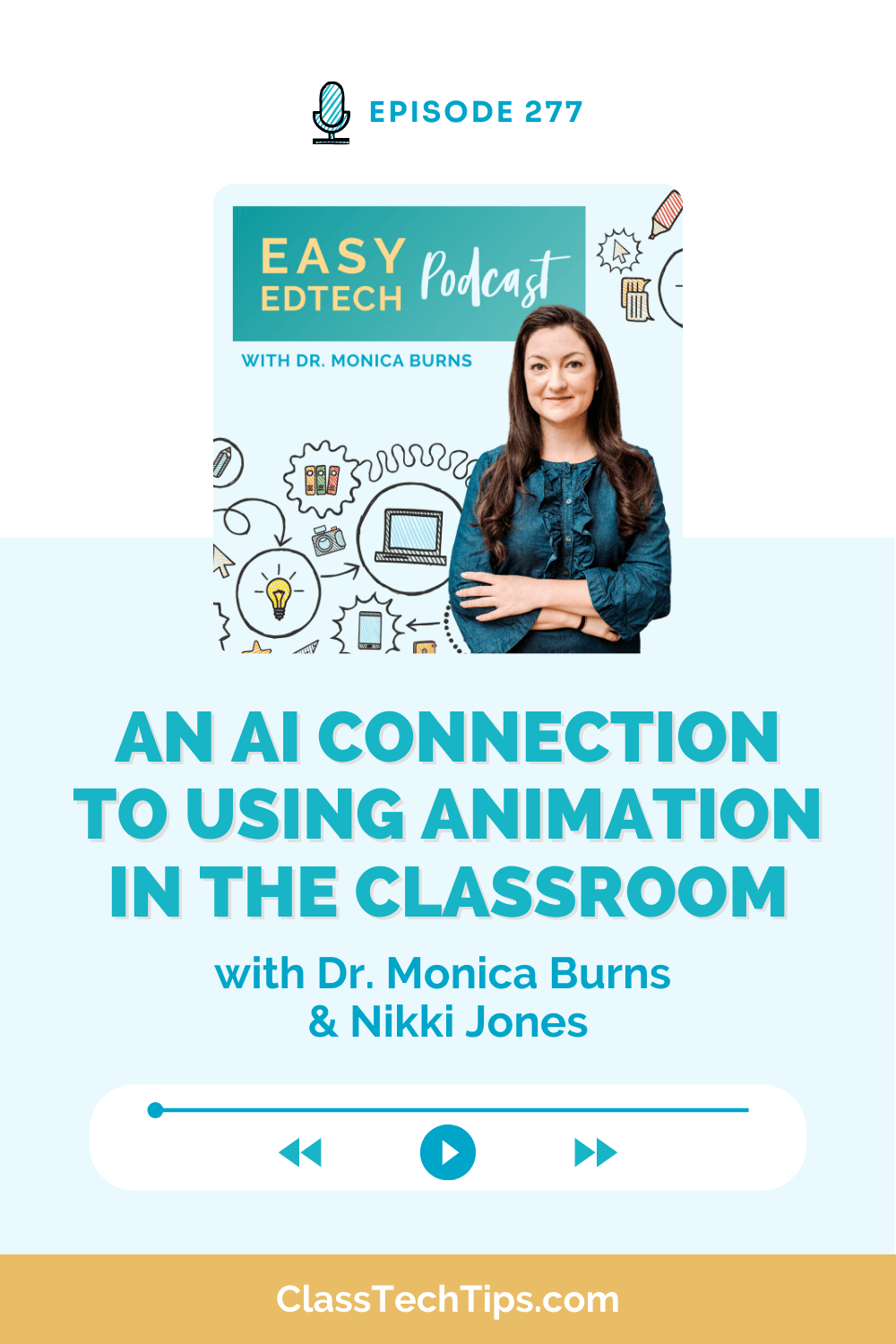Many of my conversations with educators this year have been about the impact of artificial intelligence on teaching and learning. So, it might come as a surprise that using coloring books with students is a topic I’m featuring not once but twice on the blog. This April, I shared a post on “How to Make Your Own Coloring Book Pages With AI.” Today, I have a few more tips to add to this conversation.
Coloring books have a place in many classrooms, but it might feel strange to introduce them at the upper elementary or secondary levels. We often associate them with early childhood activities, but their benefits are numerous. Beyond fostering creativity, coloring can serve as a powerful tool for promoting mindfulness, enhancing fine motor skills, and supporting educational objectives across various subjects.
In this blog post, I’ll share a handful of ways educators can use coloring books with students of all ages. Building on my April blog post, I’ll also share tips on how to use AI tools to create custom coloring book pages.
Using AI to Make Coloring Book Pages
Using AI to create coloring book pages for your students is certainly an excellent way to personalize the learning experience and connect with the curriculum in meaningful ways. I go through all the steps in this blog post, “How to Make Your Own Coloring Book Pages With AI.” Essentially, you open an AI tool that lets you generate images. I love using Adobe Firefly, but I’ve included a screenshot from Microsoft’s Copilot Designer.

Note: If you are a member of my AI in Education Membership, this is one of the examples I shared earlier in the spring.
As you can see from the prompt in the example above, I’ve described what I’m looking for. I used the prompt, “line drawing, black and white shark in the ocean, simple drawing.” Including terms like these can help you generate an image similar to a coloring book page:
- Line drawing
- Black and white
- Simple drawing
6 Ways to Use Coloring Books with Students of Any Age
If you’re looking for creative ways to use coloring books with students of any age, this list has a handful of ideas you can tailor to your group of students.

Mindfulness Session
Integrate coloring sessions into the school day to help students unwind and refocus. This can be especially beneficial before tests or after completing challenging assignments. Turn on a timer and provide a quiet moment of reflection and relaxation.
Podcast Listening
If you are listening to a section of an audiobook or podcast together, consider distributing a coloring book page to students. Instead of feeling tempted to check their phones or chat with a classmate, this can help them stay quiet and listen to the audio recording.
World Spaces
Create or locate a coloring book related to a part of the world that students are studying. This could include a page of a world or national landmark, or a “day in the life” snapshot of a person living in that area.
Science Illustrations
One of my most memorable experiences using coloring book pages with my students was with the app Quiver. It’s an augmented reality tool that allows students to interact with a coloring book page thanks to the AR layer provided by the app. You can try out this tool, too, or create your own science-themed pages.
Mathematical Patterns
Introduce coloring activities that involve geometric patterns or shapes that will come up in math lessons. This can help students visualize mathematical concepts, and you might even have them take a picture of their page and add it to a tool like Microsoft Flip where they can record a video talking about what they’ve learned.
English Language Arts Connection
For an English Language Arts connection, you can locate or create a coloring book page for students that connects to the setting of a book they are reading. Similar to the podcast coloring activity mentioned earlier, you might have students color during a read-aloud. Or you could try this as students listen to an audiobook.
With the advent of AI tools, educators have the unique opportunity to tailor coloring book pages to their curriculum. This not only enriches the learning experience but also allows for a high degree of personalization in teaching materials. Utilizing AI in this way can boost student engagement. And it can save you time as you create customized resources for any lesson. And if your students are using artificial intelligence tools, you might ask them to make their own coloring books, too.
From promoting mindfulness to enriching academic lessons with visual and interactive elements, the possibilities are certainly endless! How will you use coloring books with students? Let me know by reaching out on social media (find me on Instagram here) or by replying to one of my weekly newsletters (sign up below).







